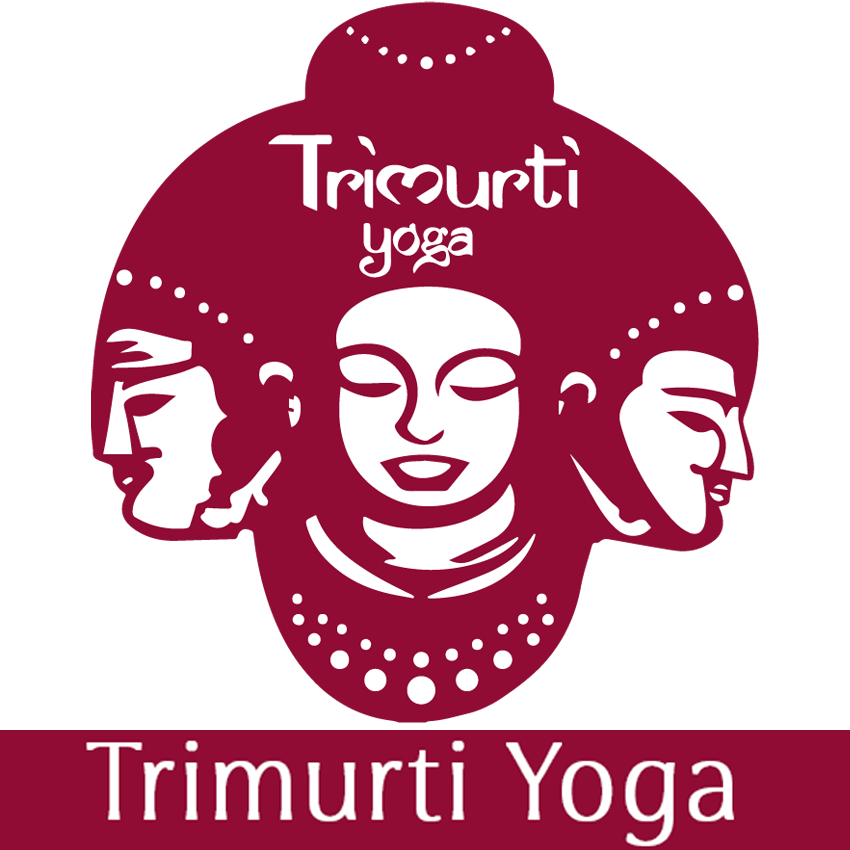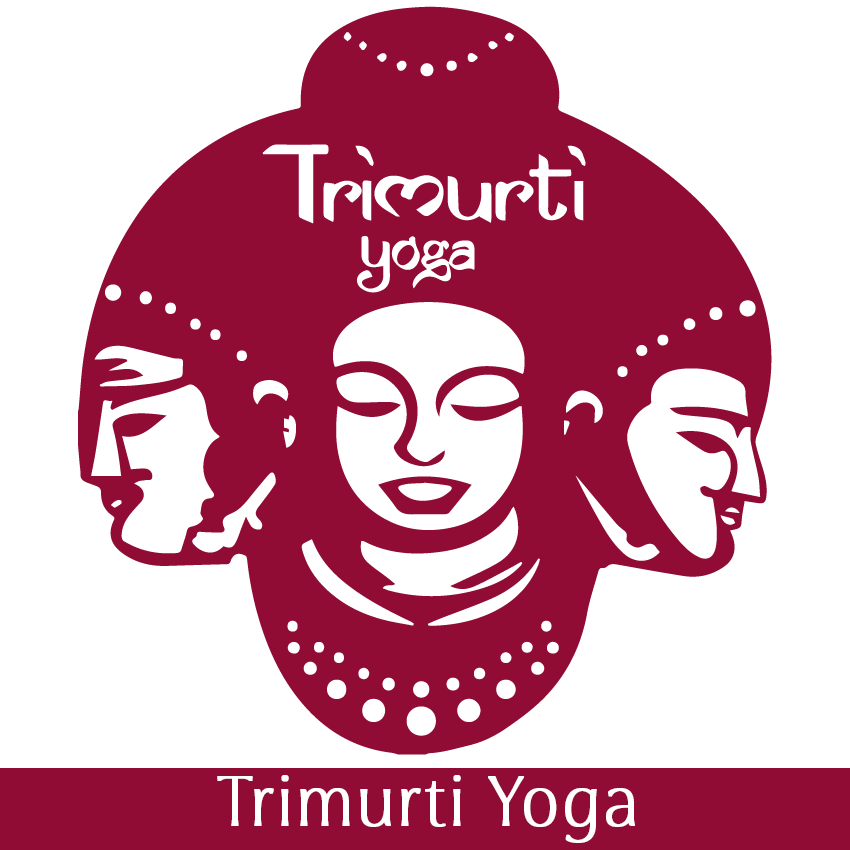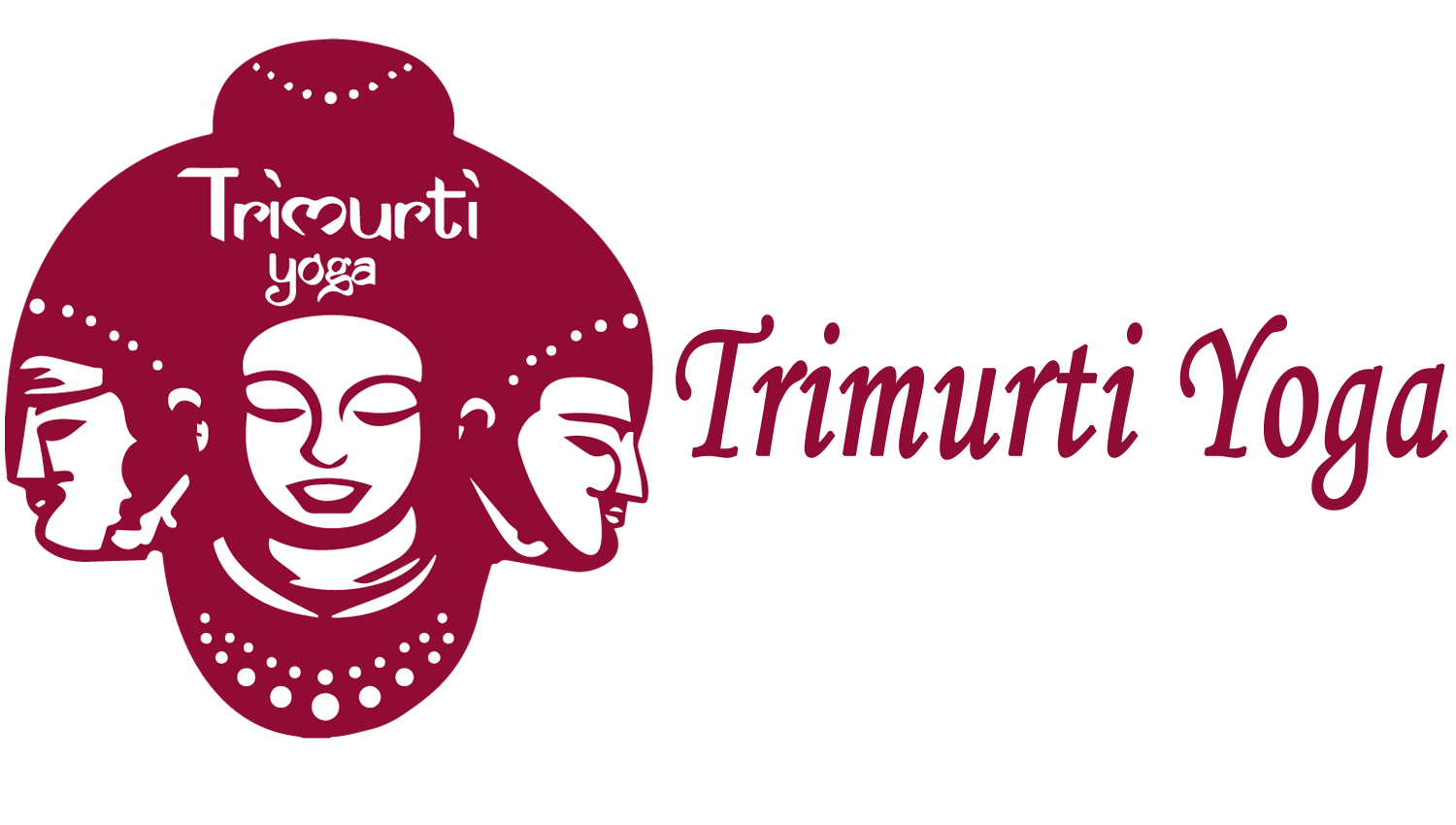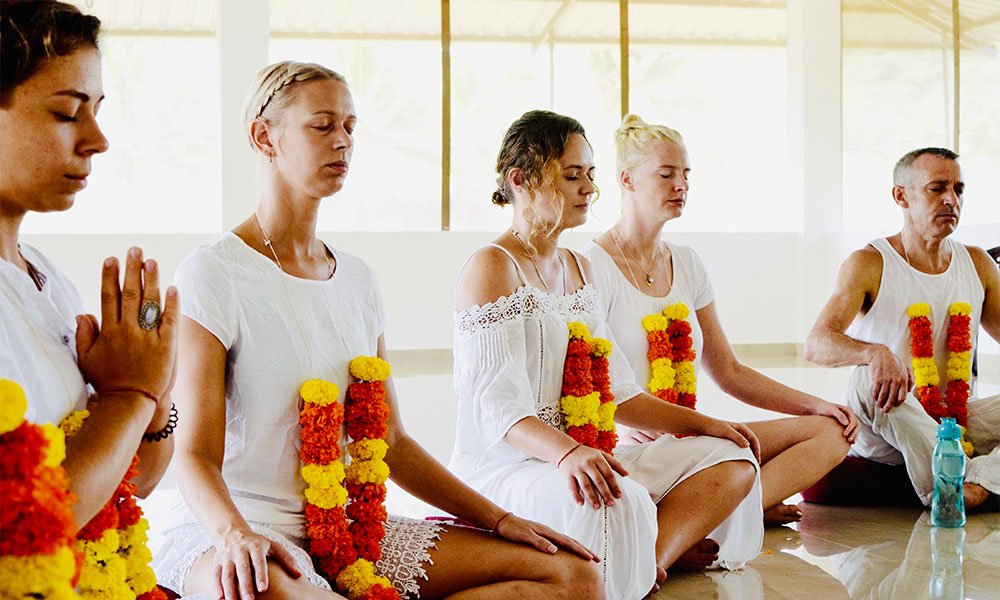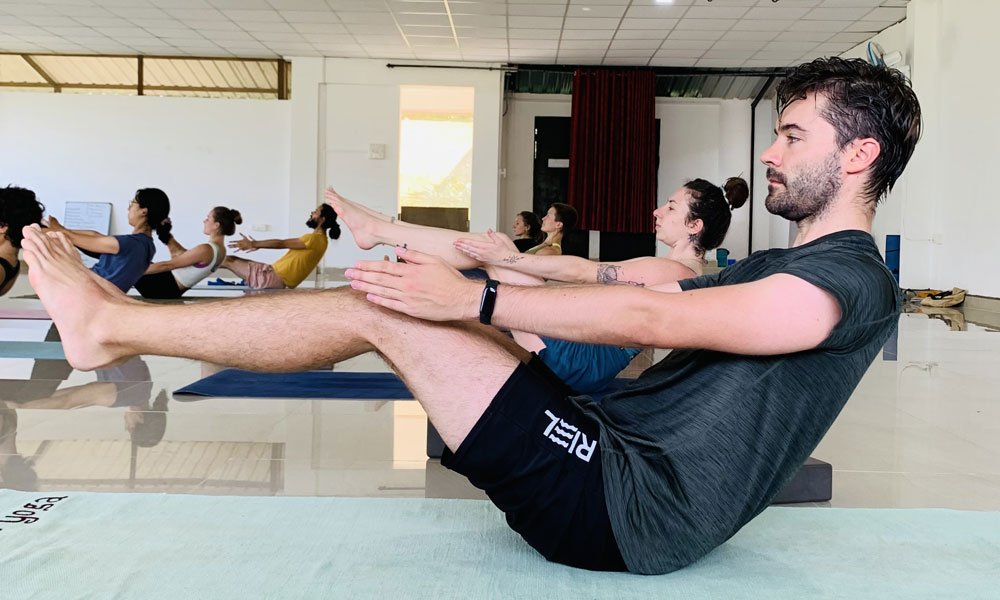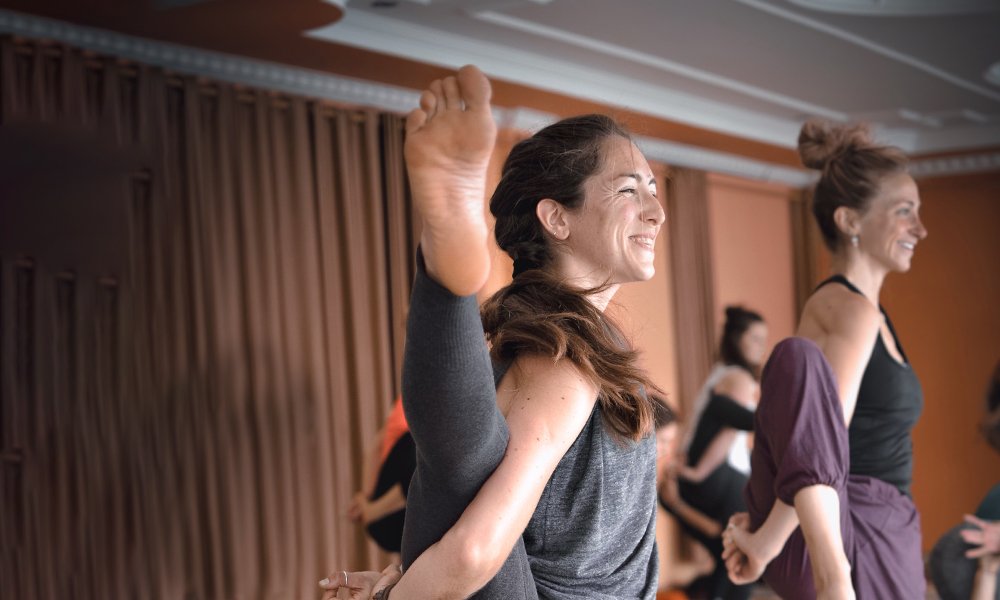
How to choose the best yoga school for your yoga teacher training?
Most aspiring yoga students ask this question when wanting to go for their yoga teacher training – which school should I choose for my yoga teacher training?
When we started our yoga school back in 2009 there were hardly a handful of yoga teacher training programs in India registered with Yoga Alliance, USA. There were less than 50 yoga schools back then & today more than 1000 yoga schools that are registered with Yoga Alliance who offer different types of yoga teacher training all over India.
The choice of different schools is overwhelming and is hard for one to decide how to zero down to the perfect school that will meet what they are looking for.
However, you can use various attributes to help navigate through the myriad of yoga schools and arrive at the best that resonates with you & your needs. Here are a list of questions that you must seek for yourself to help you make this choice wisely.
Table of Contents
ToggleWhy yoga teacher training?
One of the first questions you need to as yourself is “Why do I want to do my yoga teacher training?”. One direction for your answer is asking whether this for your own personal practice alone or to also become a yoga teacher professionally.
In Trimurti Yoga’s experience, the majority of students choose to the yoga teacher training to improve their self practice and make yoga a bigger part of their lives. Many students are pleasantly surprised by how much they love teaching by the end of the course. Most often afters years of practice what you will remember most of your yoga teacher training is how you felt being there & your experience with fellow students, teachers, and the staff of the yoga school.
What are you seeking from your yoga teacher training?
Yoga is perceived and interpreted differently by different people around the world. For some it is limited to the physical body, while for others it is a spiritual journey which will lead to a better self-understanding.
There are schools which focus more on one particular element of yoga (i.e. the asana practice ) while others offer broader approach of focus areas on different subjects incorporating a balance curriculum between physical practice, yoga anatomy, spiritual philosophy, alignment and more. When looking for a course in India, it is beneficial to explore courses that offer an eastern perspective of how yoga can be utilised to explore the self through pranayama & meditation.
In India, the yoga schools fall on a spectrum of traditional to modern in their approach to yoga training. It is vital to understand where on the spectrum you are interested to start your training – a traditional approach gives insights into philosophy but may be dogmatic & carry a rigid view of yoga (i.e., only one ‘right’ form of yoga’). While there are other schools offering traditional learning like yoga philosophy insights using the Bhagwat Gita while also keeping an open & modern approach to how they see yoga.
Regardless of the program you choose, most often students say that their yoga teacher training journey was life changing altering their path of how they choose to live & understand themselves.
Would you want a course which can be done over the weekends or a more immersive residential YTT (yoga teacher training) which is over three consecutive weeks in a different country?
For some who are working in jobs that they do not want to leave & may not be allowed holidays for a 3 to 4 weeks the best option would be to check for schools that offer courses over the weekends. These courses do not require you to take long leave from work, just that weekend bases courses take a few months to complete them.
On the other hand if you are able to take long holiday and ready to explore, a 24 to 26 days residential course (Yoga teacher training) will offer a more immersive experience. It will help you create a certain momentum in your daily learning and practice which has its own advantage.
It will allow you to disconnect from your current environment and focus on self in a new set up with more me-time. Travelling to a new country brings a certain excitement to explore new surroundings. It leads to making new meaningful connections with other students and teachers when you spend almost a month doing the same thing & sharing similar experiences.
These kind of courses can be completely life changing for some since they are intense in personal practice & also give you a lot of time to think about general life questions like what are your personal goals in life and where are you headed.
What style of yoga you wish to learn?
There are many styles of yoga & different schools may offer different YTT courses which have emphasis on any one style like the Vinyasa or Ashtanga Vinyasa or Hatha yoga.
On the other hand some yoga school’s may offer you a multi style YTT which lets you explore different styles of yoga. This gives you a wider experience of all different styles & lets you choose later which style you wish to go deeper in your practice and teaching.
Learning different styles of yoga will always come handy as a yoga teacher as it gives you a wide range of meeting different client needs. Your classes as a teacher can offer more variety instead of narrowing down to just one style.
As a learning process more the better and it may be good to focus on one style more after you have experienced all styles of yoga.
What is the background of teachers?
It is good to understand the background of your teachers who are going to lead your classes. See if the experience they have resonates with you. Some schools may offer a small teaching team limiting your experience & others may offer you a variety of teachers which lets you explore different teaching styles.
You may want to connect with some teachers accessing their instagram account to see what they do do.
Is the yoga school RYS and the program registered with Yoga Alliance, USA?
It may not be always the case that all yoga schools are registered with Yoga Alliance, USA, so it’s good to know that the course you are attending is registered with Yoga Alliance. They have set standards for contact hours of teaching as well as non contact hours.
The program thus gets standardised to deliver in a way that is helpful to students to gain overall knowledge about yoga including not just asana practice but have detailed understanding of subject like human anatomy which forms an important element in any yoga course.
Also you may choose schools that offer a variety of courses so that you may continue to do your continued education programs (YACEP courses) once registered with Yoga Alliance, USA. Especially in Europe & USA if you seek to pursue a career as a yoga teacher most studios will ask you to register with Yoga Alliance.
Will you get practical teaching experience?
It is important for you to get real experience to be able to lead yoga classes as you complete the course. So it makes sense to check if the course includes enough opportunity for you to teach students during the course through regular practicum classes where the teachers can value add to your teaching skills that you acquire.
Also some schools encourage you to programs like internships where you can go back to teach in the yoga school as an assisting teacher for the entire course period after you complete the course. This will give you the much needed confidence to able to lead a class in a safe and trusted environment.
What is the class size?
Do understand that the teaching team size is also a function of the class size. It is virtually impossible to offer a large variety of teachers with small course group. So it’s always a fine balance between class size & number of teachers. To support a large course group of about 25-30 students some yoga school’s may choose to have more than one teacher inside all practice classes to support all students in adjustment & alignment.
More teachers offer you a larger experience of different teaching styles. Sometimes some schools may offer moderate group size for beginner courses & smaller groups for more advanced courses.
So the class size may vary from 10 to 30 students and its personal choice of what you are looking for in the class. Remember that no course is personalised to any one student as it’s not a one on one teaching & teachers will have limited time with all students. The responsibility of getting more from any course will rely on the student seeking more.
What do past students say about the course?
It may seem like a good idea to connect with some past students to take a feedback for the course, feel free to ask the yoga school to connect you with them. Alternatively you may check for the yoga school credentials on independent website like Yoga Alliance, USA.
Every student who registers with Yoga Alliance, USA has to compulsorily give a feedback of the course they undertook, so this becomes an authentic way to knowing the students experience in the YTT. If there is any concern you may have with a school its also good to write to them to know the school’s view, it is also a good way to know if the yoga school is responsive.
Does the school offer a continued education program?
You should also check if the yoga school offers more than one program, especially the YACEP courses (yoga alliance continued education programs), so this helps you to go back to them for any future courses as an option.
Yoga Alliance, USA requires you to take one training of 45 hours every 3 years once you register with them as a yoga teacher. You may also require to complete your 300-hour yoga teacher training to become 500 RYT, so its good to check for yoga schools that offer a range of courses.
How responsive is the communication with the yoga school?
Please do not hesitate to ask questions to the school you wish to join for any information you need to decide on the course, all of us have them. The way the school responds to them will only go to show how responsive they are to your needs when you actually show up.
One of my most important suggestions would be to read through the FAQ (Frequently asked questions) page of the yoga school besides the mission, vision, and philosophy of the school. It will give you vital cues for what you are seeking & see if that resonates with you.
In the end there is no doubt that you will have to invest considerable time and effort in zeroing doing the yoga school you choose. This time is worth the effort as it will go a long way in making your experience pleasant when you physically show up for the course.
connect with us over social platforms Facebook Instagram